Creating my Contemporary Harris Tweed kilt outfit
Being a proud Scotsman and spending much of my time in a kilt, when the time came for a new one I really wanted to create something made in Scotland from Scottish materials. Being such an exciting and rewarding experience I wanted to share it, and some of the knowledge I gathered during the journey.
The first step in the process was deciding what fabric I wanted to use in the kilt. I knew I didn’t want to go for a traditional tartan, and tweed seemed like a really interesting option but there was also the question of which mill, the weight, and whether the fabric is made in Scotland? After lots of investigation and research into different manufacturers I finally decided on Harris Tweed, and requested several samples in different colours to try and finalise my choice of colour, weight and pattern. With lots of advice from friends and family (particularly the well-heeled ladies in my life,) which happily was the same as my gut instinct, I finally settled on a fabric which I ordered directly from the manufacturer. One of the hardest things was to try and imagine how a full kilt would look from one of the small sample swatches, but when the full 8 yards of cloth was delivered I was certain that I had made the right choice. It was incredibly satisfying and exciting to finally get an idea of how it would look as a complete kilt, despite being at the start of the process.
Step 2 was about getting the kilt made from the fantastic Harris Tweed. Luckily I have a great contact who has made several kilts for me in the past, and I was happy to take the fabric to Cathy to make into one of her creations for me. For every kilt Cathy takes measurements and also adjusts these to take into account the different heights which kilts can be worn at – some like their kilt to be worn traditionally, at navel height, and others prefer it to sit on the hips, more like a hipster style. I opted for somewhere in between, to have some room for adjustment, and it also works perfectly with my waistcoat (more on that later.) My excitement must have been very evident – Cathy kindly sent me images at various stages throughout the manufacture of my kilt which are below. It is amazing to see all of the work needed to construct a kilt from just one piece of fabric – how the pleats are located and constructed and how that ensures the kilt swings properly, the sheer amount of sewing involved and how accurate it needs to be.
Step 3 was to then try and find the right jacket and waistcoat to go with my kilt, and it became evident very quickly that I wasnt going to find anything that would do my kilt justice on the high street. I decided that the only way to go was to have something made that would compliment it perfectly, which meant finding the right person to create something special. Edinburgh is lucky enough to have 21st Century Kilts, where Howie offers a unique take on the traditional Scottish style, which was exactly the feel and style I wanted. Working together and discussing the different options available – I was keen to incorporate some of the remaining cloth in the jacket and waistcoat somehow – we decided on a design that was stylish and also practical. With the weight of the kilt itself being quite heavy we decided that a lighterweight jacket, using the tweed on the front of the waistcoat would be a great design, keeping the theme of the tweed running through all of the different elements of the outfit. The pink back to the waistcoat was picked to compliment the pink hue in the Harris Tweed of the kilt, acentuated with extra detail around the buttonholes. For more about Howie and 21st Century Kilts click here
With the 3 main components of my outfit made, it was time to select the other accessories to complete the outfit. The next big item in the kilt outfit is the sporran and I have a one that has a great deal of sentimental value to me, so I will always wear that. I also have a kiltpin which means a great deal to me, it was originally a brooch made for my grandmother by my jeweller sister, Jenny Deans. She has since converted it into a kiltpin for me, and somehow its the perfect compliment to my kilt. Her unusual range of contemporary kilt pins offers an interesting alternative to the traditional sword or thistle. For more about Jenny Deans Jewellery and her contemporary kilt pins click here.
Then it was a case of picking the last few bits and bobs up – shoes, kilt hose, shirt and tie, which I wanted to be as unobtrusive as possible so as not to detract from the kilt and jacket.
It’s been a great pleasure having such close involvement in the creation of my outfit, being able to put my preferences and personality into the outfit was incredibly rewarding. Above all, the number of compliments that I have received over the past few months has made the process immensely rewarding, especially as it’s representing Scotland’s rich history with a contemporary twist.
If you are organising a Scottish event, why not dress your guests in a traditional kilt outfit? It’s a great way to immerse your guests in Scottish culture and create a really memorable experience. If you are unfamiliar with wearing a kilt, take a look at our “How to wear a Kilt” video, and get in touch for more details.

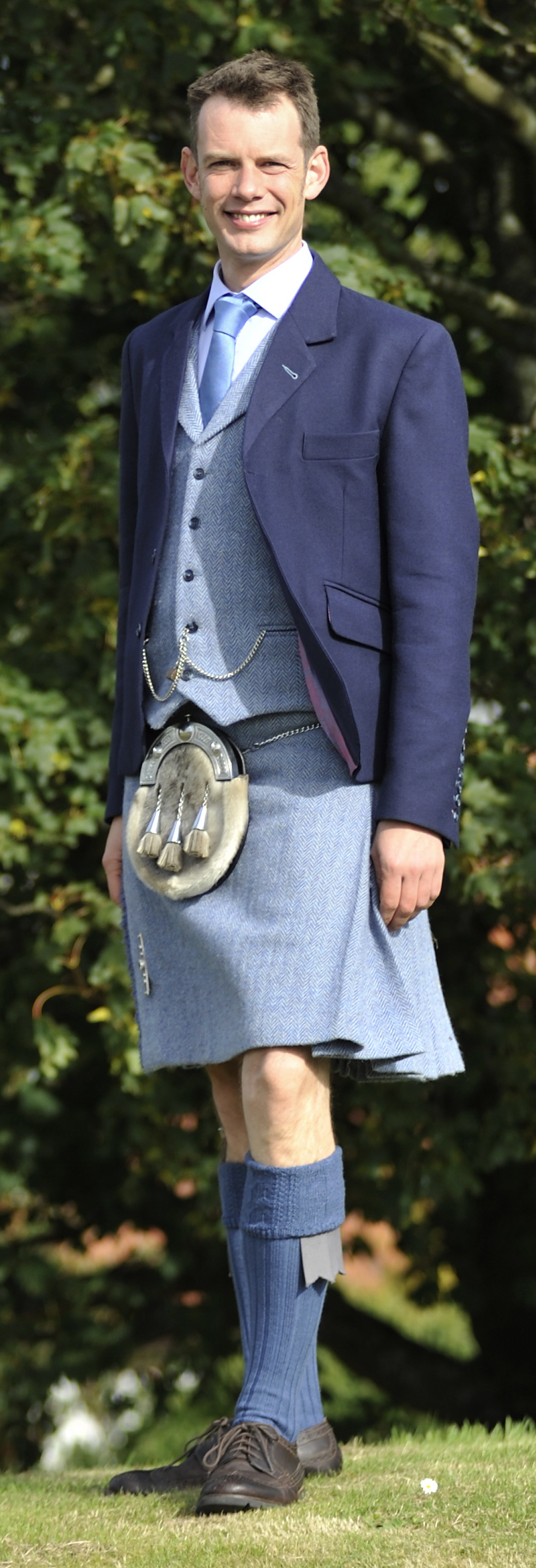
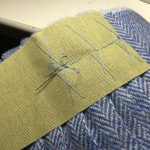
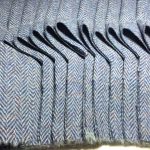
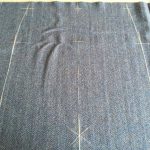
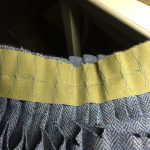
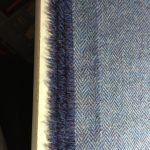
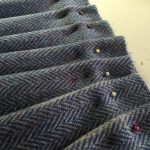
Leave A Comment